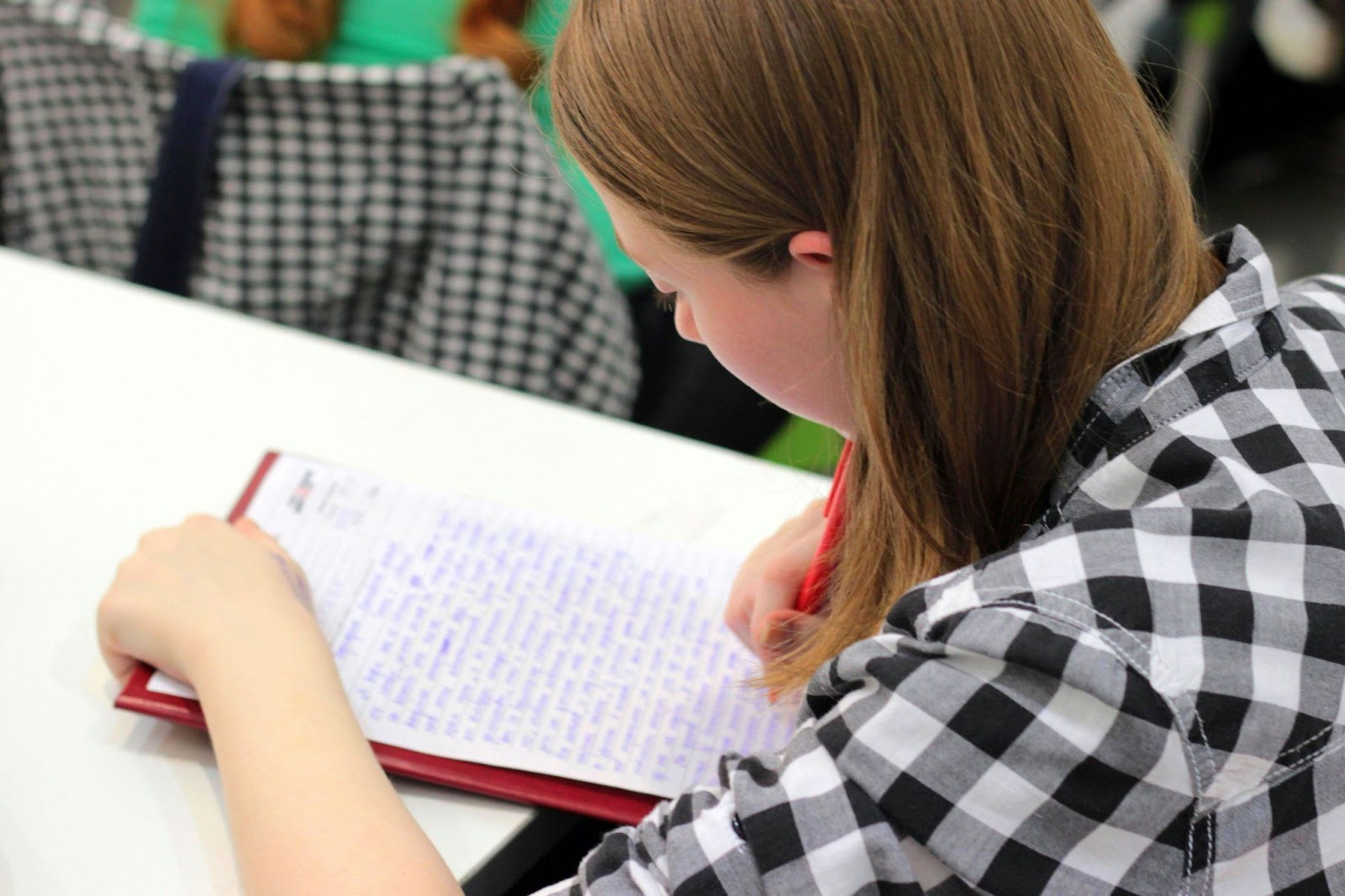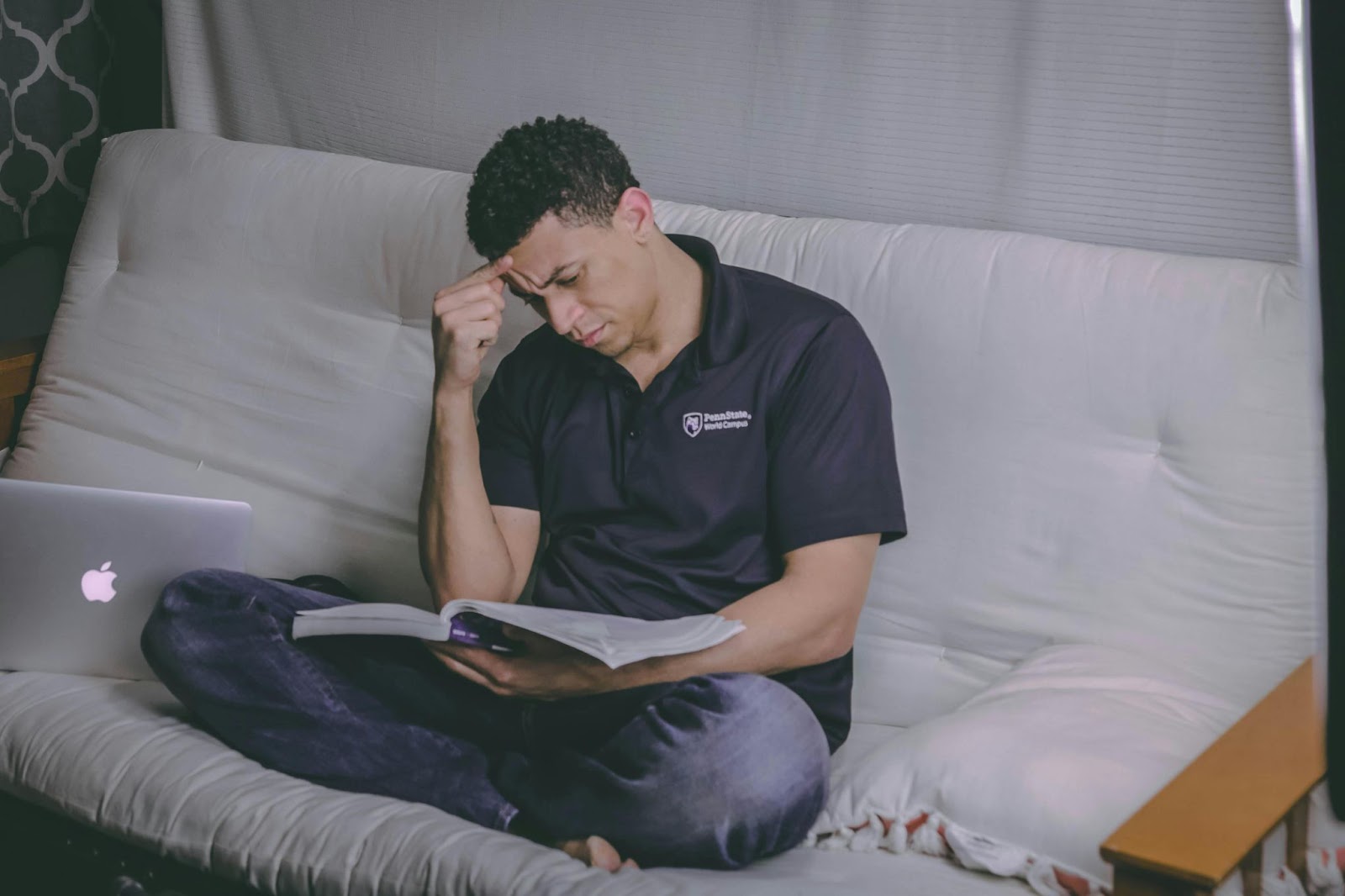
Spanish reflexive verbs can seem tricky at first, but truly understanding them is essential for mastering the language. More than just Spanish grammar concepts, reflexives allow you to express yourself more naturally and authentically.
In this guide, I'll break down the nitty-gritty of reflexive verbs - how they're formed, when to use them, and the nuanced meanings they convey. From daily routines to describing emotions, reflexives are a constant part of everyday Spanish conversation.
While there's a bit to wrap your head around initially, reflexive verbs quickly become second nature with focused practice. Stick with it, and your Spanish skills will level up tremendously. With reflexives under your belt, you'll genuinely sound like a native speaker.
Reflexive verbs are used when the subject performs an action on themselves, and they are marked by the "-se" ending like "lavarse" (to wash oneself) or "levantarse" (to get up).
To use the reflexive form correctly, you need to conjugate the verb to match the subject and choose the right reflexive pronoun— "me" (myself), "te" (yourself), "se" (himself, herself, themselves), "nos" (ourselves), or "os" (yourselves).
For instance, "Yo me lavo" translates to "I wash myself," where "me" is the reflexive pronoun and "lavo" is the verb conjugated for "I."
These verbs aren't limited to physical actions; they extend to emotional states or changes, such as "enamorarse" (to fall in love) or "sentirse" (to feel). Saying "Nos sentimos felices" means "We feel happy," with "nos" reflecting the feeling back to the subject "we."
Conjugating reflexive Spanish verbs involves two main components: adjusting the verb for the subject and using the correct reflexive pronoun. Here’s a simple step-by-step guide to conjugating these verbs:
1. Recognize Reflexive Verbs: They end in "-se" in their infinitive form, such as "lavarse" (to wash oneself).
2. Remove the "-se" Ending: To begin conjugation, remove the "-se" ending to find the base verb. For "lavarse," you're left with "lavar."
3. Conjugate the Verb: Conjugate the base verb ("lavar" in this case) according to the subject and tense. For example, in the present tense for "yo" (I), "lavar" becomes "lavo" (I wash).
4. Choose the Reflexive Pronoun: Use reflexive pronouns that correspond to the subject of the sentence. The pronouns are "me" (myself), "te" (yourself, informal), "se" (himself, herself, itself, yourself formal, themselves), "nos" (ourselves), and "os" (yourselves, informal in Spain).
5. Combine Pronoun and Verb: Place the reflexive pronoun before the conjugated verb. Using "lavarse" as an example again, "Yo me lavarse" means "I wash myself."
Here are examples of "lavarse" conjugated in the present tense for each subject pronoun:
| Person | Reflexive pronoun | Example |
| Yo | me | Yo me lavo (I wash myself) |
| Tu | te | Tú te lavas (You wash yourself, informal) |
| Usted | se | Usted se lavas (You wash yourself, formal) |
| El/Ella | se | Él/Ella se lava (He/She washes himself/herself |
| Nosotros/Nosotras | nos | Nosotros/Nosotras nos lavamos (We wash ourselves) |
| Vosotros/Vosotras | os | Vosotros/Vosotras os laváis (You all wash yourselves, informal in Spain) |
| Ellos/Ellas/Ustedes | se | Ellos/Ellas/Ustedes se lavan (They wash themselves, You all wash yourselves) |

Reflexive pronouns in Spanish are essential components used in conjunction with reflexive verbs to indicate that the action of the verb is directed back at the subject. These pronouns are:
Their importance lies in showing that the subject performs an action upon themselves, which is a frequent occurrence in Spanish. For example, in "Yo me lavo" (I wash myself), "me" is the reflexive pronoun indicating that the washing action is performed by the subject on themselves.
Learn more about Spanish pronouns in our article 12 Types of Spanish Pronouns: An Easy Guide.
In Spanish, the placement of reflexive pronouns within a sentence follows a specific structure that is key to forming correct and comprehensible sentences. The basic structure for using reflexive verbs is:
The reflexive pronoun placement always precedes the conjugated verb in simple tenses. For example:
However, in sentences with compound verb tenses or when using an infinitive or gerund, the reflexive pronoun can either precede the conjugated helping verb or be attached to the end of the infinitive or gerund. For example:
Ella se ha levantado (She has gotten up) or Ella ha levantado.
Voy a lavarme (I am going to wash myself) or Me voy a lavar.
Estoy bañándome (I am bathing myself) or Me estoy bañando.
When giving commands, the reflexive pronoun is attached to the end of affirmative commands and precedes the verb in negative commands. For example:

Here's a list of some of the most common reflexive verbs in Spanish, which are frequently used in daily conversation:
| Reflexive verb | Meaning |
| Levantarse | to get up |
| Lavarse | to wash oneself |
| Vestirse | to get dressed |
| Ducharse | to take a shower |
| Acostarse | to go to bed |
| Despertarse | to wake up |
| Sentarse | to sit down |
| Sentirse | to feel |
| Quedarse | to stay |
| Irse | to leave, to go away |
| Peinarse | to comb one's hair |
| Maquillarse | to put on makeup |
| Afeitarse | to shave |
| Bañarse | to take a bath |
| Cepillarse | (los dientes) - to brush (one's teeth) |
| Despedirse | to say goodbye |
| Divertirse | to have fun |
| Enojarse | to get angry |
| Enamorarse | to fall in love |
| Olvidarse | to forget |

As you've learned, reflexive verbs are essential for expressing actions that the subject performs on themselves in Spanish. Verbs like lavarse (to wash oneself) are inherently reflexive, requiring the use of a reflexive pronoun and specific verb conjugations.
Many daily routines and personal care activities use reflexive verbs since the subject is both performing and receiving the action. But reflexives go far beyond just self-care - they're also needed for emphasizing the reflexive nature of an action or describing emotions and states of being.
While it takes consistent practice, start by learning the most common reflexive verbs. Over time, knowing when to use the reflexive versus non-reflexive forms will become instinctive. Studying with quality learning resources can provide helpful examples too.
The good news is many reflexive verbs follow similar patterns, making them easier to commit to memory. Truly mastering this unique verb type will tremendously elevate your Spanish comprehension and fluency. Keep at it - you'll be speaking like a native before you know it!
What exactly is a reflexive verb in Spanish?
A reflexive verb in Spanish is used when the subject of a sentence performs an action on themselves. These verbs are easily identified by the "-se" suffix in their infinitive forms, like "lavarse" (to wash oneself).
How do you conjugate reflexive verbs?
To conjugate a reflexive verb, you must change the verb to match the subject of the sentence, just like any regular verb, and also use the correct reflexive pronoun (me, te, se, nos, os, se) that corresponds to the subject.
Where do reflexive pronouns go in a sentence?
Reflexive pronouns typically go immediately before the conjugated verb. However, with infinitive verbs and gerunds (-ing form), the pronoun can either precede the auxiliary verb or attach to the end of the infinitive or gerund.
Can all verbs be made reflexive?
Not all verbs can be made reflexive, but many can have reflexive forms to change their meaning. For example, "lavarse" means "to wash oneself," adding a reflexive aspect to the verb "lavar" (to wash).
How can I practice using reflexive verbs in Spanish?
Practicing with exercises, like filling in the blanks or translating sentences, can be very helpful. Engaging in conversations, listening to Spanish media, and writing sentences or short paragraphs using reflexive verbs are also effective ways to practice.